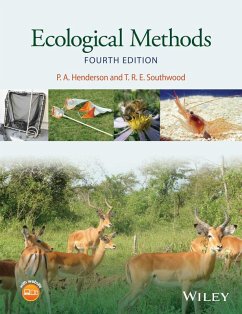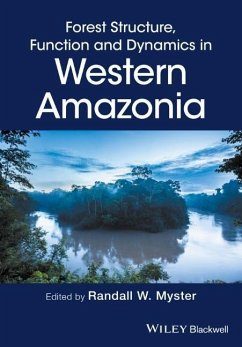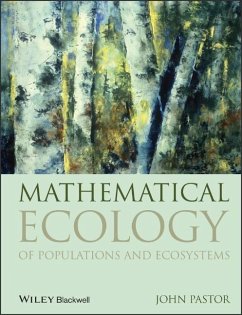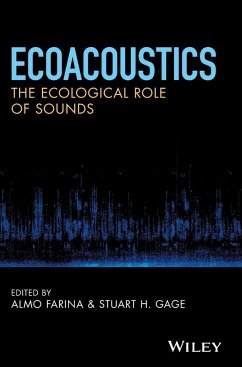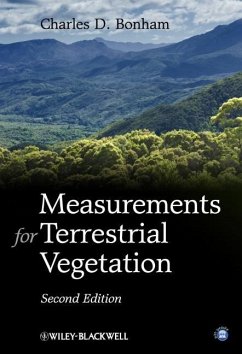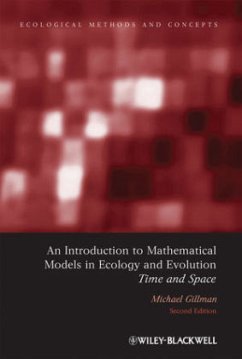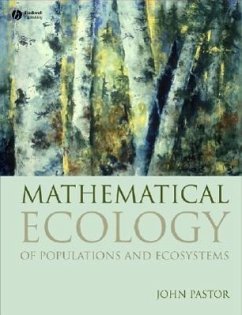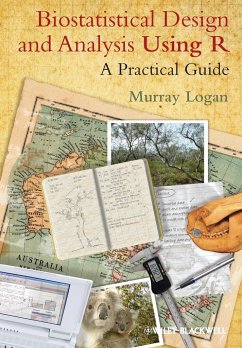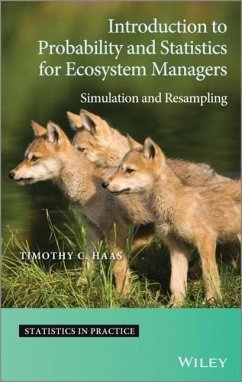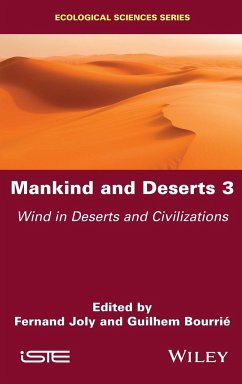Nicht lieferbar
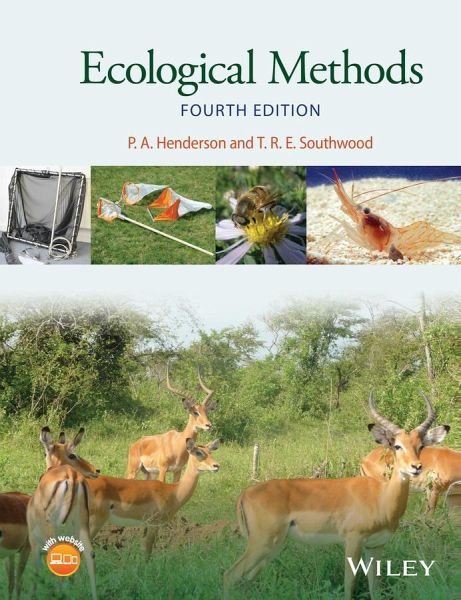
Ecological Methods
4th edition of this classic Ecology text
_ Computational methods have largely been replaced by descriptions of the available software
_ Includes procedure information for R software and other freely available software systems
_ Now includes web references for equipment, software and detailed methodologies
_ Computational methods have largely been replaced by descriptions of the available software
_ Includes procedure information for R software and other freely available software systems
_ Now includes web references for equipment, software and detailed methodologies





